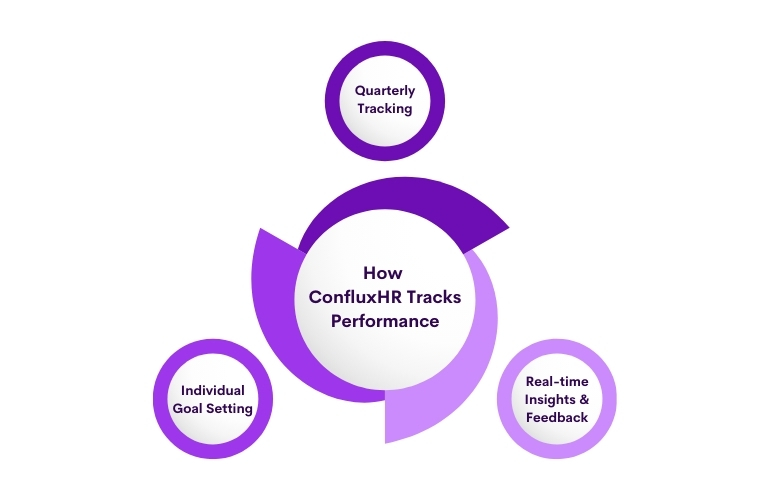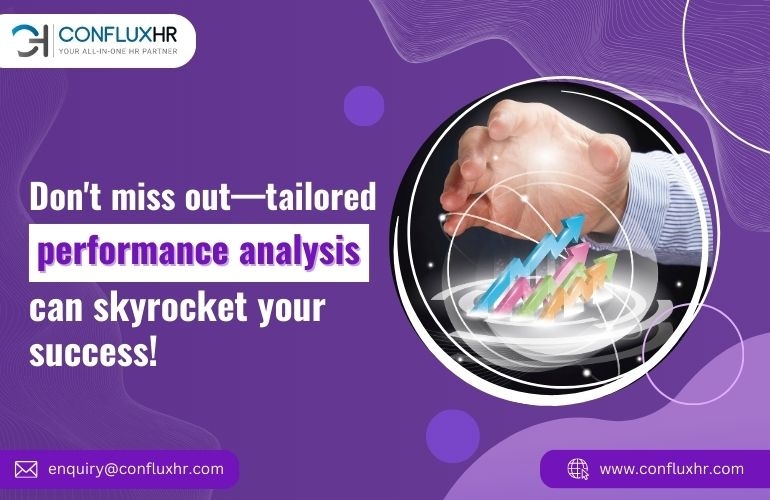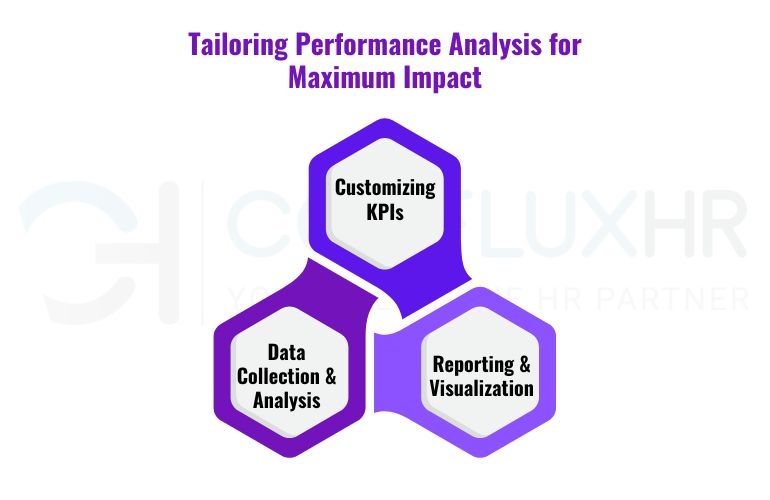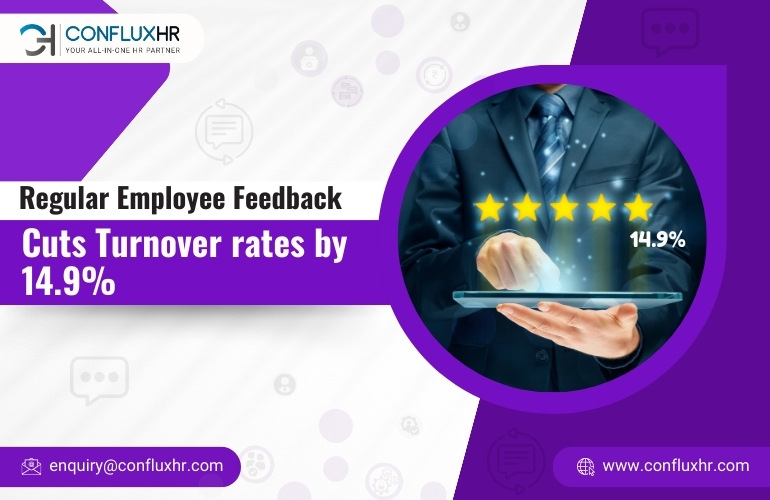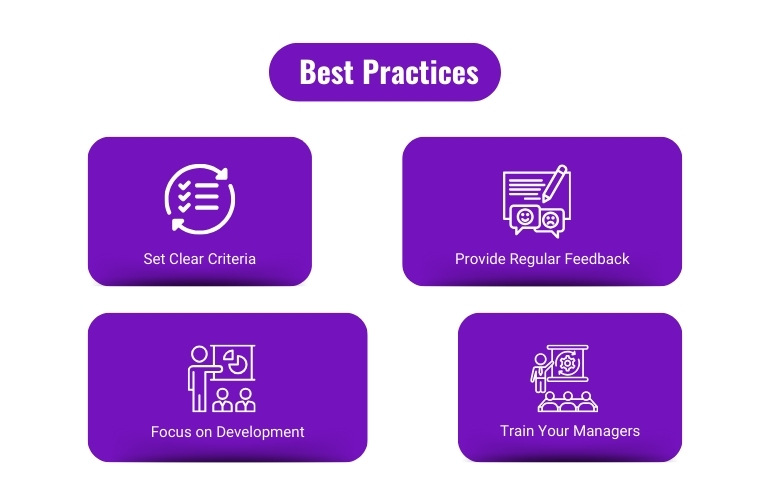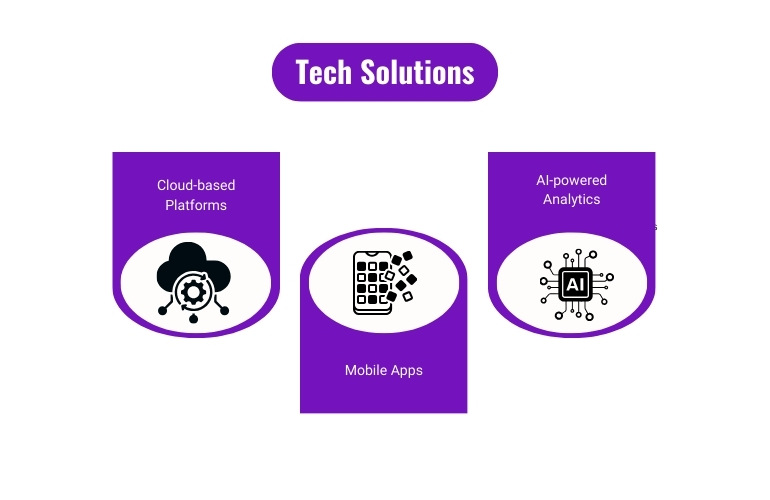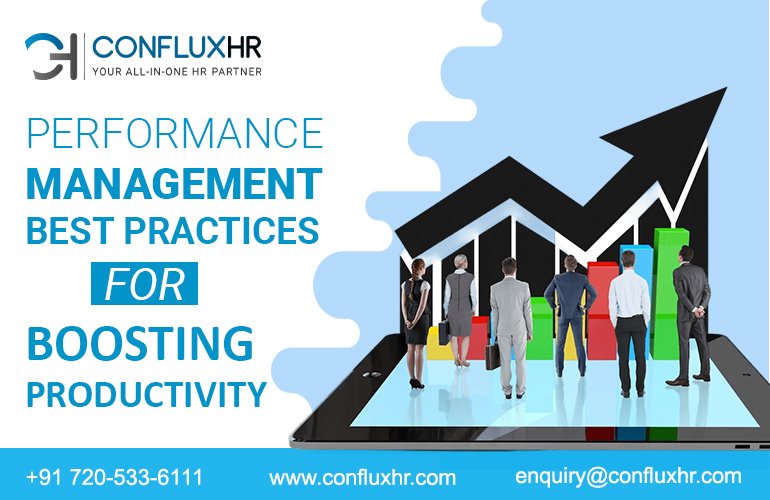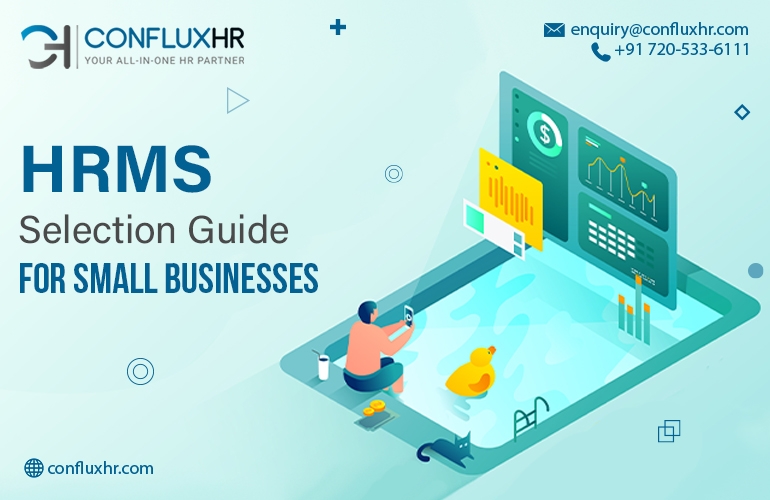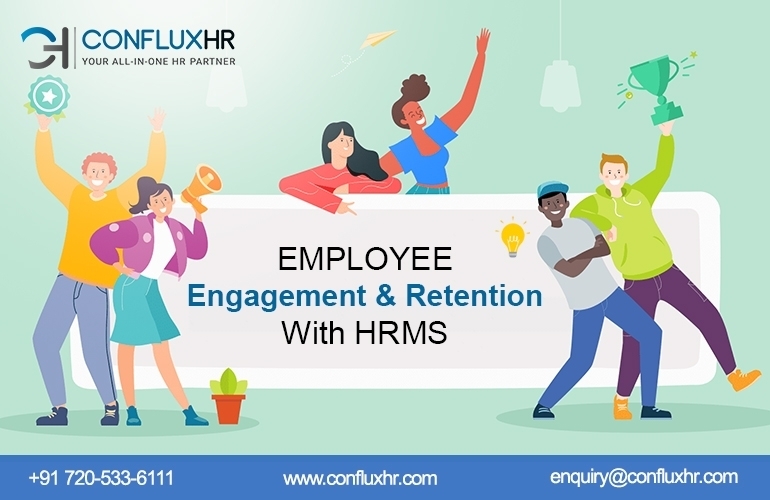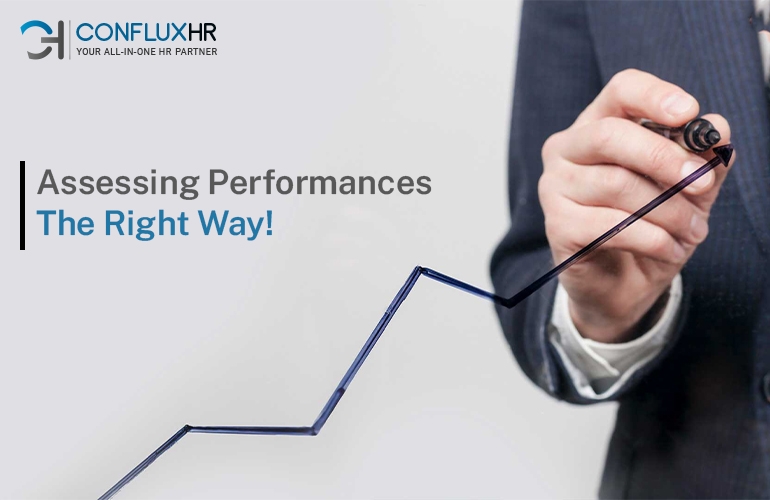Let’s face it—traditional performance reviews can feel like a dreaded chore. Whether you’re an employee nervously awaiting feedback or a manager scrambling to complete appraisals, the entire process can be stressful, confusing, and, let’s be honest, often unproductive. But what if we told you there’s a better way to manage and review performance? Say goodbye to last-minute feedback and hello to real-time insights with a performance management platform that truly works.
This blog is going to walk you through why performance management is essential, how ConfluxHR’s unique platform tackles common issues, and why it could be the game changer your team needs.
But why do traditional performance reviews fail?
Let’s take a moment to reflect on the typical performance review process in most Indian organizations. It usually involves:
- A once-a-year sit-down with your manager
- A subjective review of your performance
- Maybe a vague goal-setting session for the upcoming year
Does that sound familiar? The problem here is that the feedback is often delayed, vague, and not actionable. It leaves both the employee and the employer struggling to address real performance concerns in time. Worse, it can lead to disengagement or even resentment among team members.
In today’s fast-paced work culture, this outdated method doesn’t cut it anymore.
ConfluxHR’s Performance Management Platform: A Game Changer
What if we told you that performance management could be something your team actually looks forward to? That’s where ConfluxHR’s Performance Management Platform comes in. This isn’t your standard “end-of-the-year review” software. No, it’s designed to tackle the gaps in traditional performance management by offering continuous, real-time feedback and actionable insights.
Let’s break down what makes this platform stand out.
1. Real-Time Performance Tracking: No More Guesswork
The core issue with traditional reviews is that feedback often arrives too late. You can’t fix something if you didn’t know it was broken, right? ConfluxHR’s Performance Review Mechanism tackles this problem head-on.
With this system:
- Continuous Tracking: Performance data is gathered throughout the quarter, not just at the end.
- Immediate Feedback: Managers can provide real-time insights, making it easier for employees to adjust and improve on the go.
- Goal Setting: Employees and managers can work together to set clear, measurable goals, ensuring everyone is on the same page from day one.
This way, you’re not waiting until the year-end to get feedback on something you did six months ago. Instead, you’re constantly learning and improving.
2. My Performance Review Report: KPI-Driven Performance
Let’s talk numbers—because data doesn’t lie. ConfluxHR’s My Performance Review Report system provides employees with detailed KPI-based reports that give them a clear understanding of where they stand.
What’s cool about this?
- Data-Driven Performance Insights: You get to see exactly how you’re performing in key areas based on pre-defined KPIs (Key Performance Indicators). No more vague feedback!
- Quarterly Reports: The system generates performance reports on a quarterly basis, so employees can track their progress consistently.
- Transparent Feedback: Employees can see exactly what they need to work on, empowering them to take ownership of their performance.
For Indian companies, where performance appraisals are often subjective and inconsistent, this data-driven approach adds much-needed clarity.
3. Boosting Engagement and Morale Through Transparency
Another major advantage of the ConfluxHR performance management platform is the transparency it brings into the workplace. In many Indian organizations, performance reviews can sometimes feel like a black box—employees don’t know what to expect, and managers might struggle to communicate clearly.
ConfluxHR changes that by:
- Removing Ambiguity: Everyone knows exactly what’s expected of them, what goals they’re working towards, and how they’re progressing.
- Encouraging Open Communication: Both employees and managers are encouraged to collaborate throughout the performance cycle, not just during reviews.
- Celebrating Wins: Regular feedback means employees get recognized for their achievements in real-time, rather than waiting for the annual appraisal to roll around.
By creating a culture of openness and continuous feedback, teams stay engaged, motivated, and aligned with the company’s goals.
4. How ConfluxHR Empowers Managers
Managing a team can be tough, especially when it comes to evaluating performance across multiple departments. ConfluxHR’s platform simplifies this process for managers, making it easier to:
- Tailor Feedback: Managers can personalize feedback based on actual data rather than relying on memory or subjective opinions.
- Save Time: By automating much of the performance tracking and reporting process, managers can focus on coaching their teams rather than being bogged down in paperwork.
5. Building High-Performing Teams
When you have a system that offers real-time insights, continuous feedback, and objective data, it’s easier to build high-performing teams. You’re no longer managing based on gut feelings or outdated reviews. Instead, you’re working with concrete data that shows you exactly where your team stands and where improvements need to be made.
High-performing teams are:
- Aligned: Clear goals and KPIs ensure everyone knows what’s expected of them.
- Engaged: Regular feedback keeps employees motivated and focused.
- Growing: Continuous performance tracking means employees have the opportunity to improve throughout the year, not just once a year.
Conclusion
Performance management isn’t just about ticking a box during the yearly appraisal season. It’s about fostering a culture of growth, transparency, and continuous improvement. ConfluxHR’s performance management platform offers businesses a way to not only track but actively manage and improve their teams’ performance.
Are you ready to build a high-performing team? Visit our website to explore how ConfluxHR can help your business thrive through better performance management.



